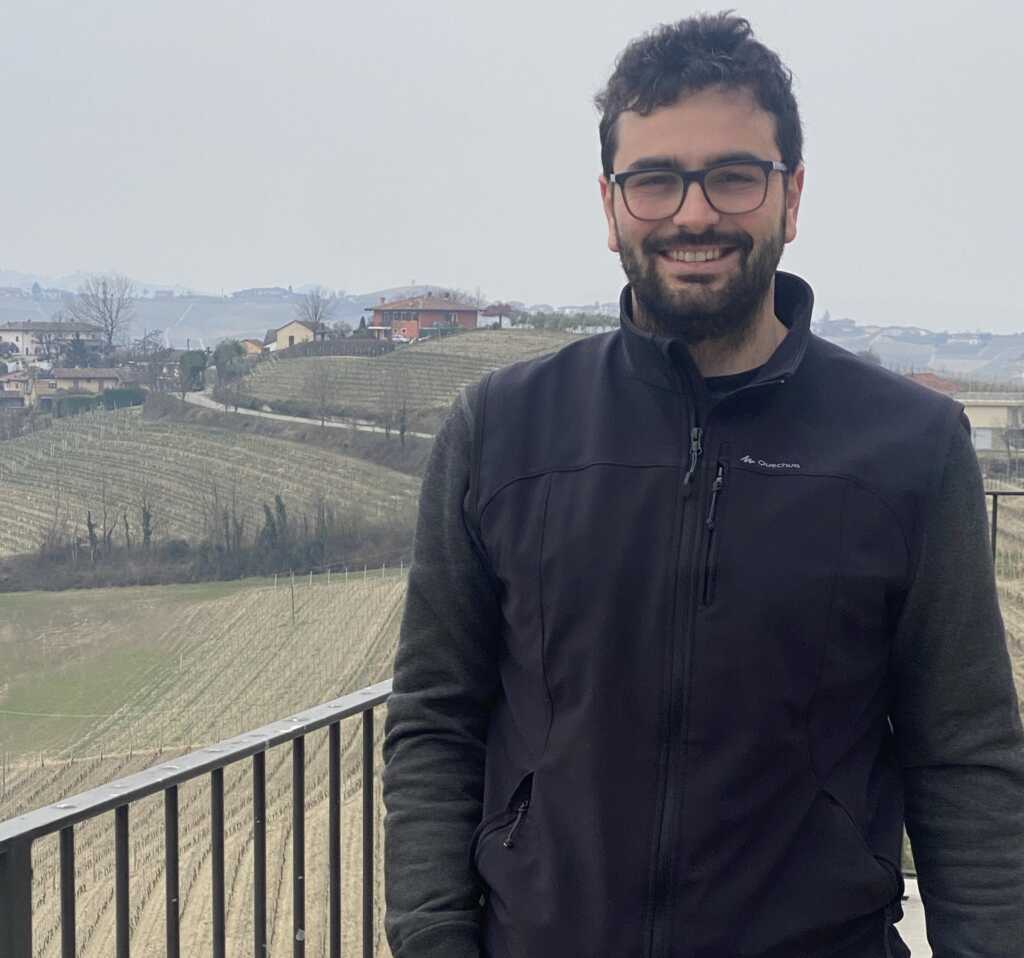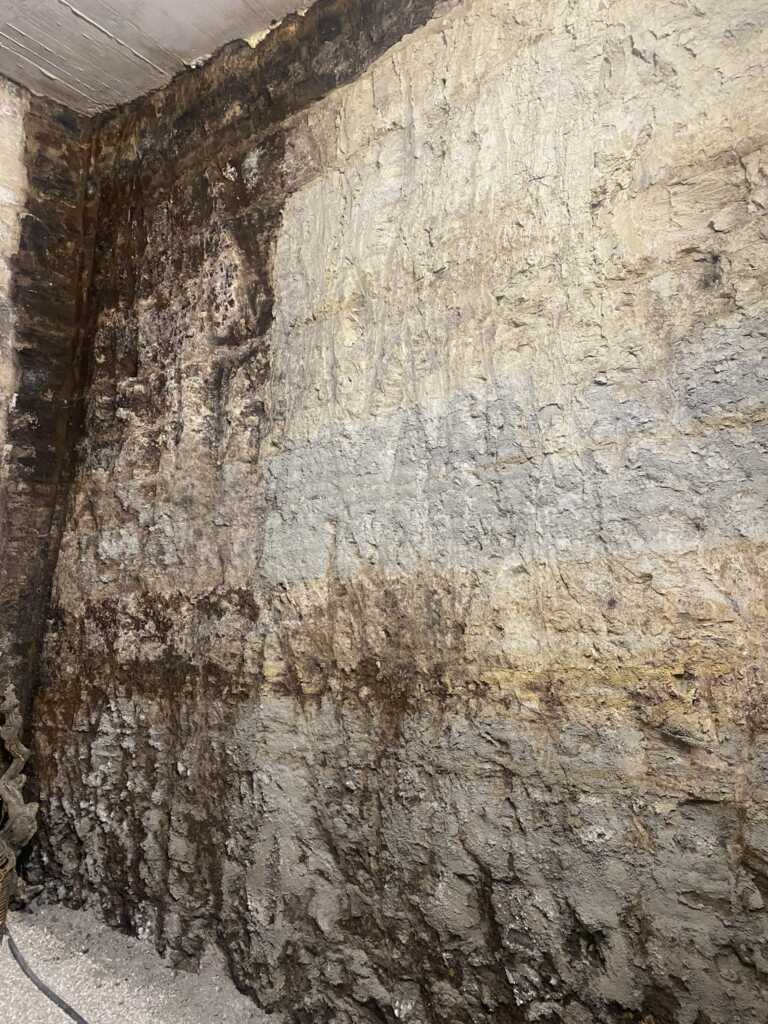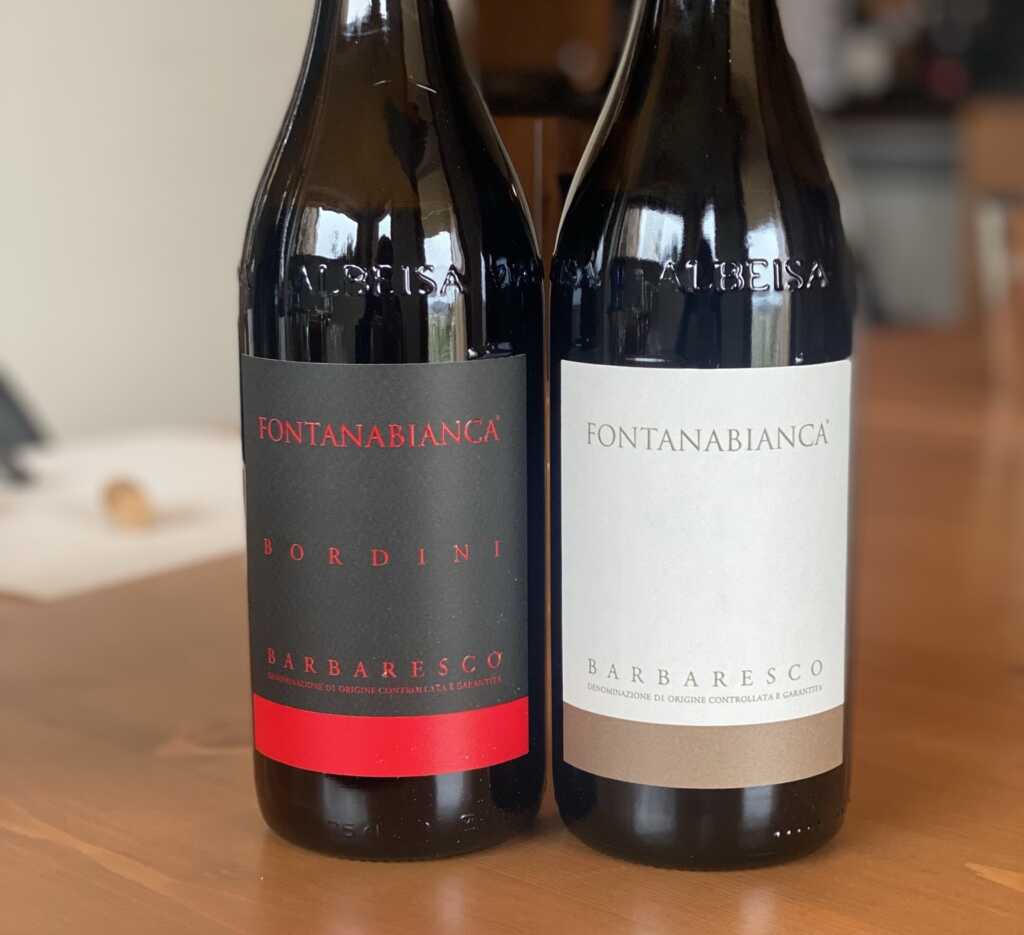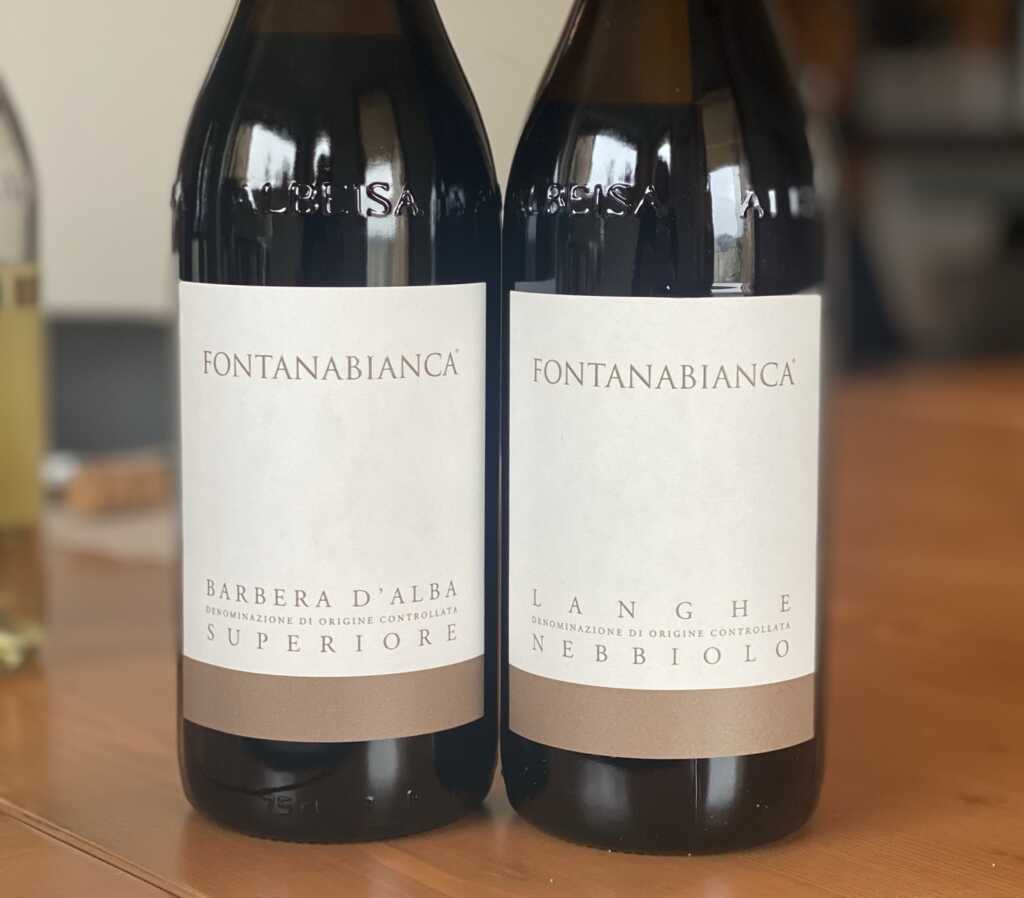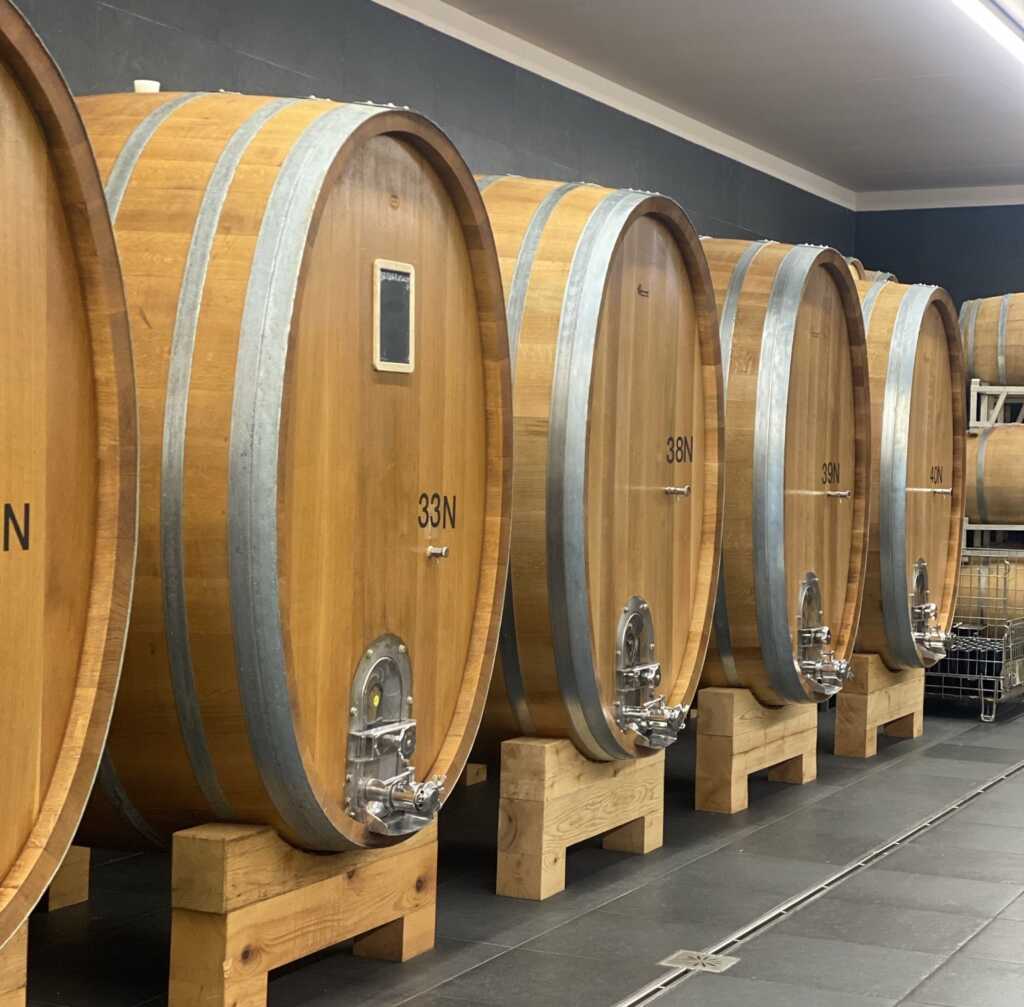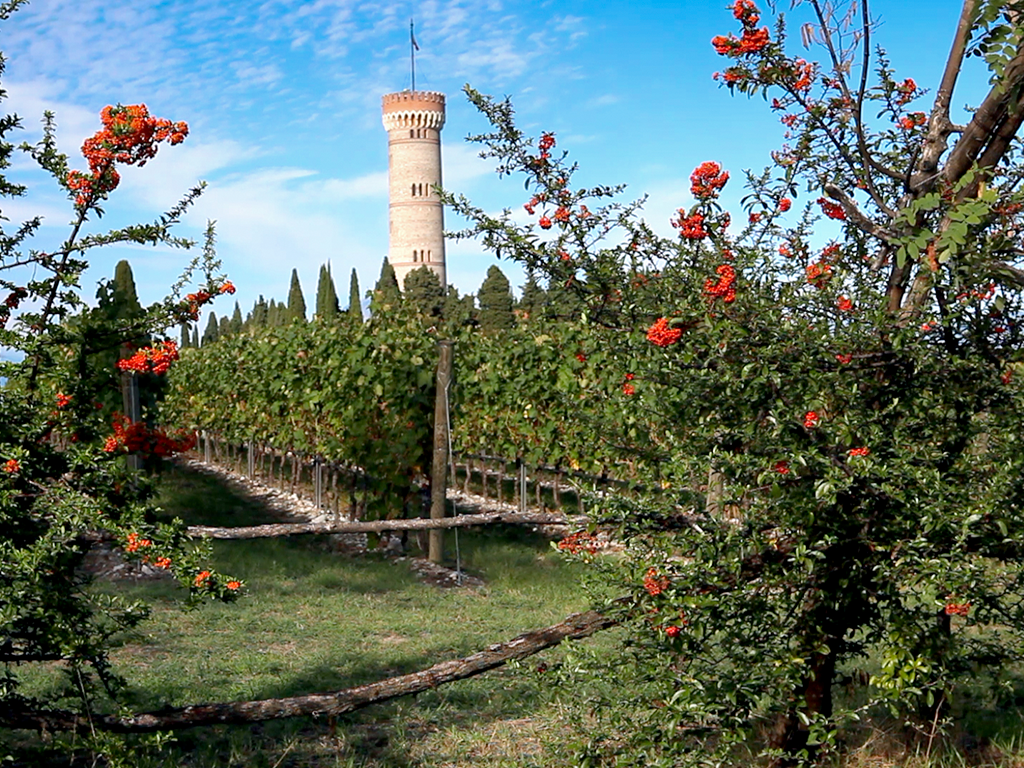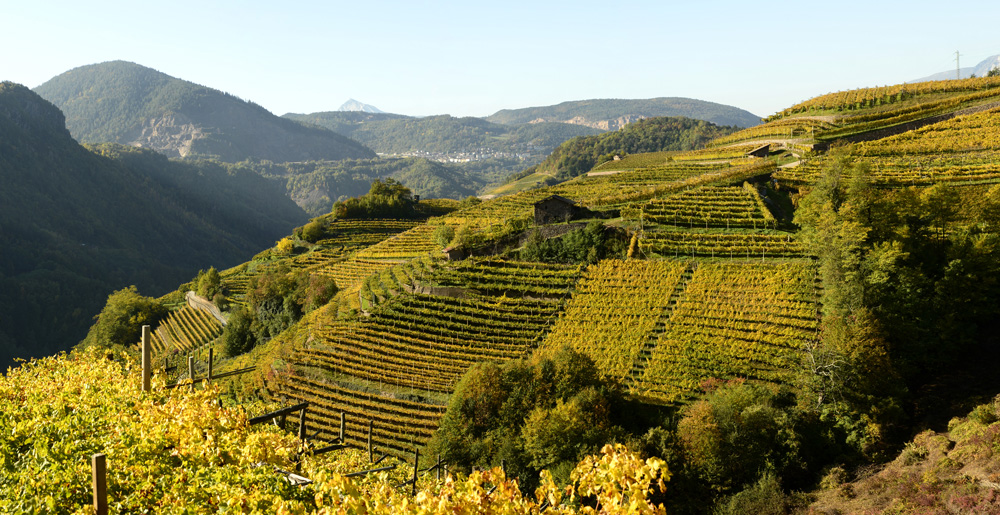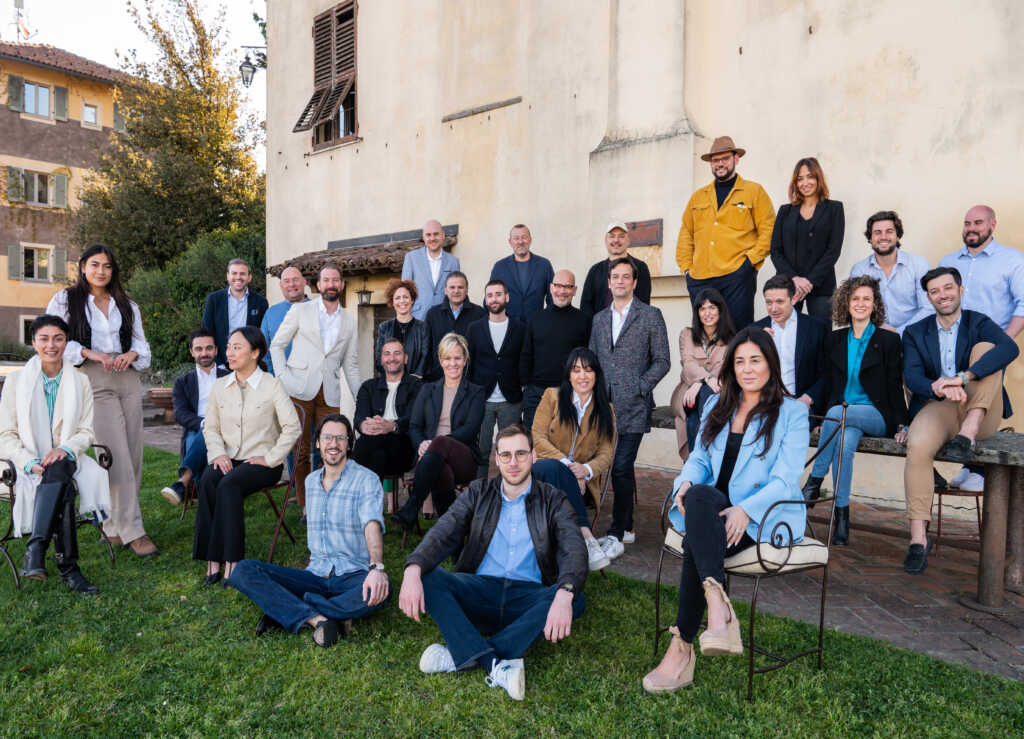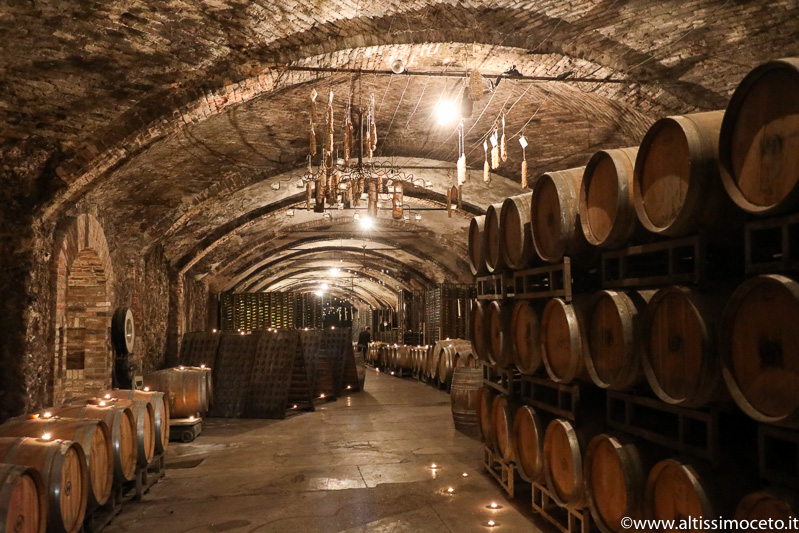Blog
The History of Fontanabianca’s Barbaresco
![]() Piedmont
Piedmont
![]() March 8, 2023
March 8, 2023
![]() People, Wineries, Wines
People, Wineries, Wines
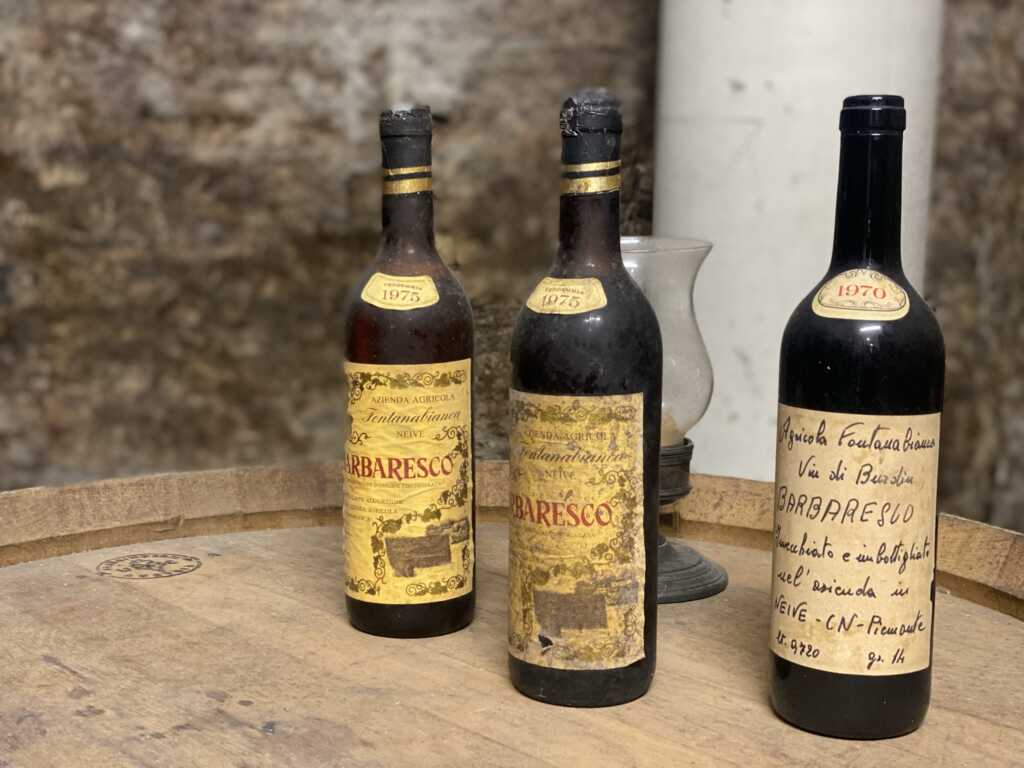
Long, winding roads, flanked by an endless sea of vineyards and farms, are common in Italy’s countryside. This is one of its many charms. I have reveled in this bucolic beauty many times, but particularly when I visited Fontanabianca in Piedmont’s Barbaresco region. Situated down a long, tiny road, barely big enough for two cars, Fontanabianca sits specifically in Barbaresco’s Neive village which also includes the top crus Bordini and Serraboella. The drive up the hills to the property is like a patchwork quilt of colors.
Part of the Langhe region, Barbaresco, from which the wine gets its name, is home to the Italian grape, nebbiolo (pronounced “nebby – o – low”). Nebbiolo comes from the root word “nebbia”, which means “fog” in Italian. A typical sight, the fog covers the hills of the Langhe. Nebbiolo is an ancient grape variety that is quite finicky to grow. It is rarely seen outside of Piedmont. Nebbiolo produces a full-flavored and slightly tannic wine, particularly when it is young, so do not let its lighter color fool you. It also has great aging potential, many last up to 15-20 years. In addition to Nebbiolo and Barbaresco, Fontanabianca produces Dolcetto, Barbera d’Alba Superiore, Langhe Arneis, and the sparkling wine Alta Langa, with all these grapes also grown on the Barbaresco hills.
Fontanabianca was born in 1969 from the work of Franco Pola who made the first bottle of Barbaresco Bordini. Prior to that, Franco’s father, Secondo, ran the property as a farm. The company was named Fontanabianca because in the valley there sits a natural fountain/source of water, where historically the villagers of Neive sourced water for their homes and animals. The history of Fontanabianca that Franco started continues forward to this day by son, Aldo, and his wife, Luisella, and their winemaker son Matteo Pola. Third-generation Matteo is at the helm with his father, Aldo. Quality wine that represents the land from which the grapes are grown is the focus according to Matteo. They take great pride in each grape’s production.
The location of Fontanabianca is special because of its placement within the Bordini cru hill. Bordini is a full-sun hill with southern exposure, which is thought of as the best, and its closeness to the Tanaro river provides great benefit to the soil. There is a small percentage of sand in the soil, because of the river, which aids in bringing a nice fruitiness into the wines, while the wind coming off the river brings a nice excursion of temperature and humidity for the grapes in which to grow, shares Matteo.
The land is overflowing with calcareous clay soil and Matteo shows and explains the importance of it, which you can see underground within the winery. According to Matteo, this type of soil gives the wines finesse, structure, precision, and balance, much like the soils of Burgundy, France. To the touch, it is gritty and leaves a light white residue on your fingers. The cellar, as refined as the wines, is full of a cadre of stainless-steel tanks, oak barrels and old cement vats, the latter being there since the start with Franco.
Emphatically, Matteo and his family’s love for Fontanabianca and the Bordini hill radiates. At lunch at a local restaurant in the village of Neive, Matteo, Luisella and I enjoy their little-known Alta Langa sparkling wine that they produce, paired perfectly with a cold dish of gamberetti (shrimp). Matteo retells a childhood story about when his father was at a wine dinner, and his father told guests that he has only three loves in his life – “my wife Luisella, my sons (Matteo, Davide, Francesco) and my Bordini wine and vineyards.”
Learn more about all the wines of Fontanabianca on its dedicated page.




